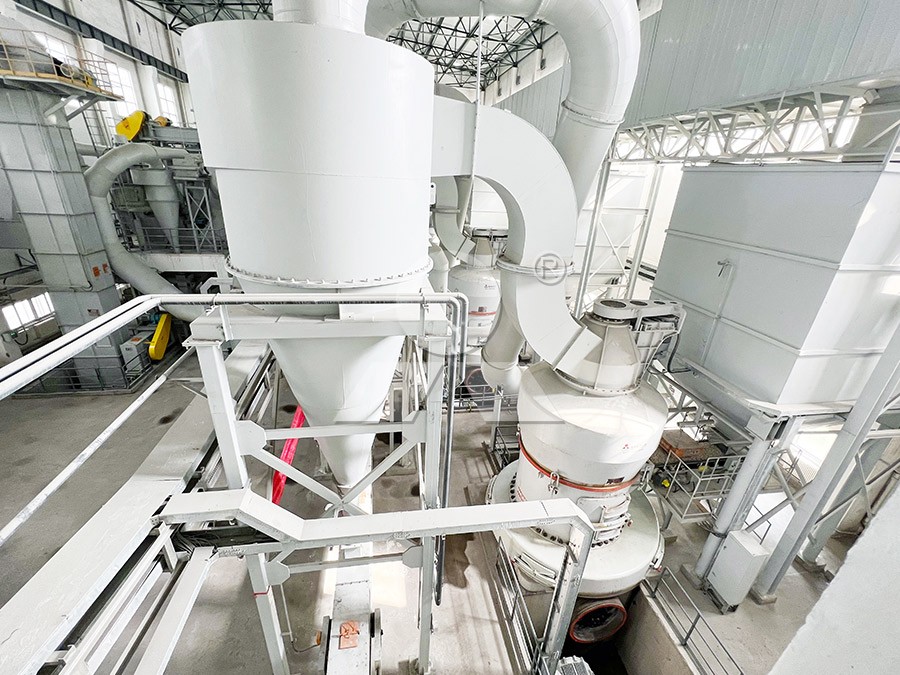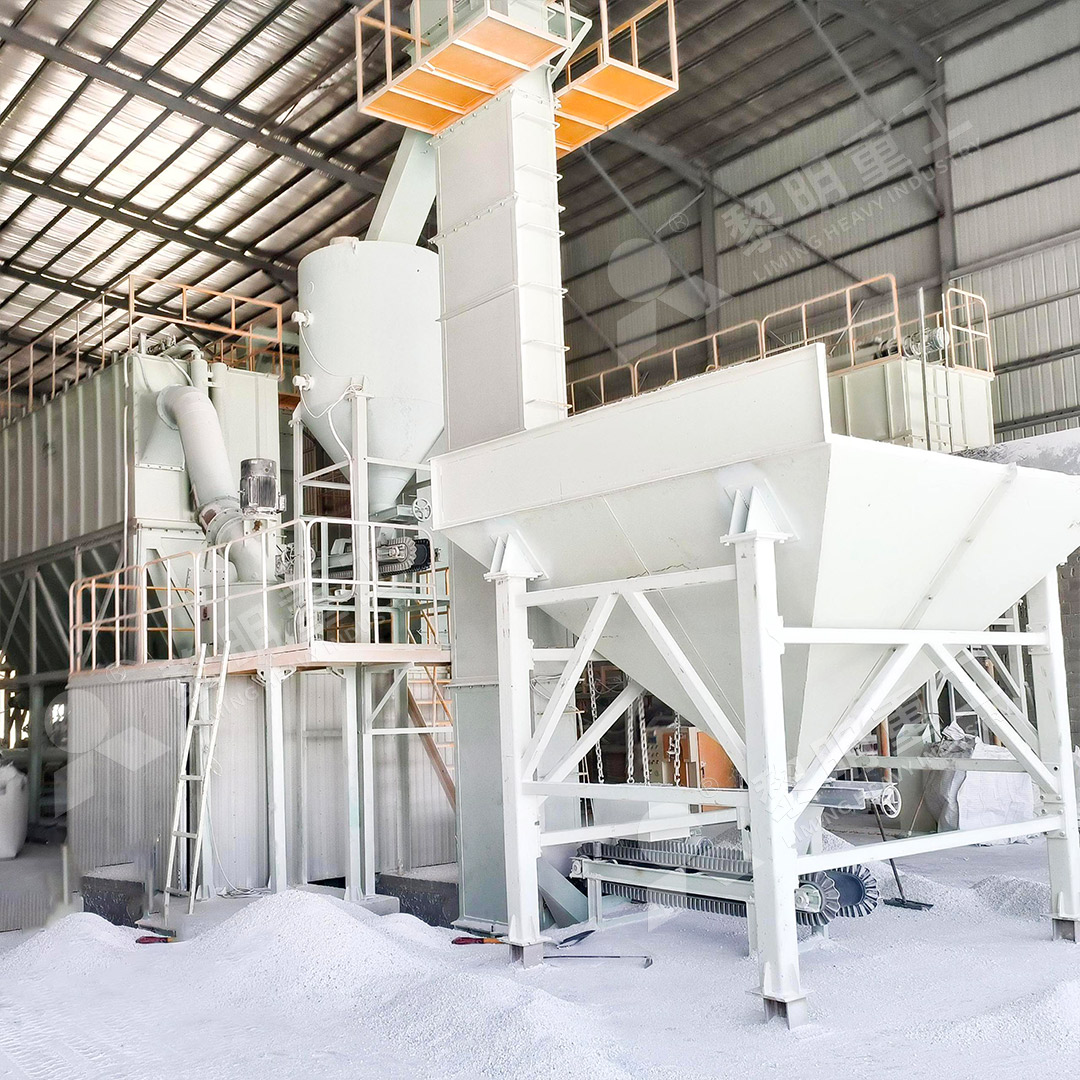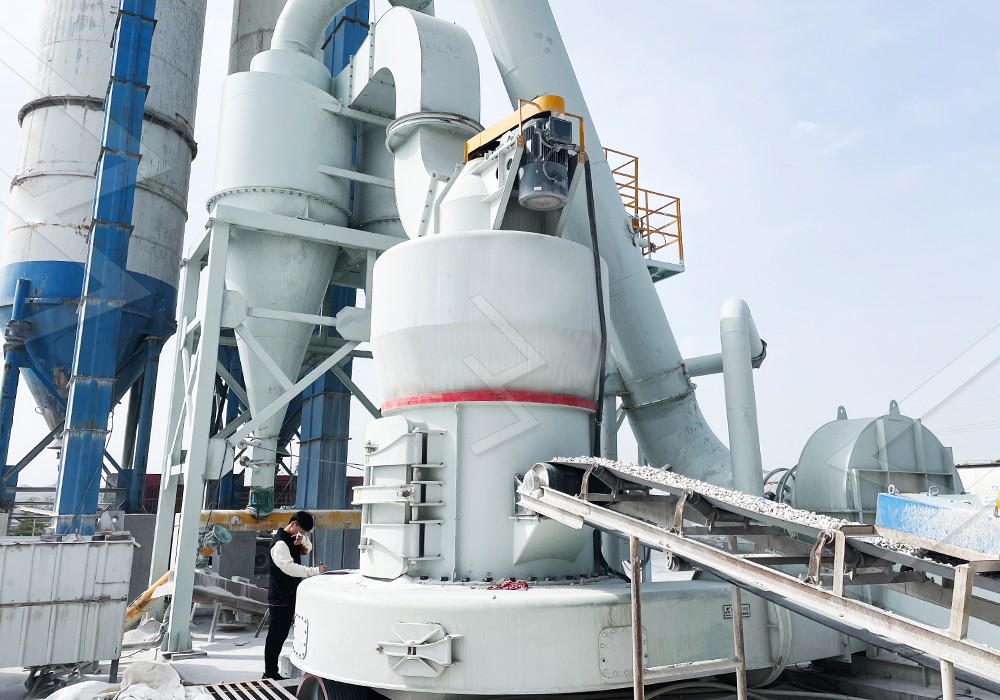Quartz Stone Grinding Mill: Types and Selection Guide
Quartz Stone Grinding Mill: Types and Selection Guide
Quartz stone processing requires specialized grinding equipment to achieve the precise particle sizes needed for various industrial applications. Selecting the right mill can significantly impact your production efficiency, product quality, and operational costs. This guide explores the primary mill types suitable for quartz processing and provides key selection criteria.
Understanding Quartz Grinding Requirements
Quartz, with a Mohs hardness of 7, presents unique challenges for grinding operations. Its abrasive nature demands robust equipment with wear-resistant components. The desired fineness typically ranges from 200 to 2500 mesh, depending on whether the end product is destined for construction materials, electronics, or specialty chemicals.

Major Mill Types for Quartz Processing
Vertical Roller Mills
Vertical mills integrate crushing, grinding, drying, and classification in a single unit. Their compact design reduces floor space requirements by up to 50% compared to traditional ball mills. The LM Vertical Grinding Mill series exemplifies this category, handling input sizes up to 70mm with capacities reaching 340 tph.
European Trapezium Mills
These mills feature advanced grinding curves and efficient powder separators. The MTW series, including the MTW-Z European Trapezium Mill, incorporates dilute oil lubrication systems that reduce maintenance frequency and costs while providing consistent performance for medium-fine grinding applications.
Ultrafine Grinding Mills
For applications requiring superfine quartz powder, specialized ultrafine mills deliver particles between 325-2500 mesh. These systems incorporate advanced separation technology and precise control over grinding parameters.

Key Selection Factors
Production Capacity Requirements
Match your mill’s capacity to your production targets. For small to medium operations (0.5-25 tph), the MW Ultrafine Grinding Mill offers an excellent balance of performance and efficiency. This machine handles 0-20mm input material and produces precisely controlled ultrafine powder with minimal environmental impact.
Final Product Specifications
Consider the required particle size distribution, purity, and morphology. Quartz destined for electronics applications demands exceptional purity and consistent particle geometry, while construction applications may prioritize production volume over extreme fineness.
Operational Considerations
Evaluate energy consumption, maintenance requirements, and environmental compliance. Modern mills incorporate pulse dust collectors and noise reduction technologies to meet stringent environmental standards. The MW Ultrafine Grinding Mill exemplifies this approach with its efficient pulse dust collector and muffler system that minimizes both dust and noise pollution.
Technical Features to Prioritize
- Advanced powder separation systems for precise particle size control
- Wear-resistant grinding components for abrasive materials
- Energy-efficient designs reducing power consumption by 30-50%
- Automated control systems for consistent operation
- Comprehensive environmental protection features

Specialized Solution: MW Ultrafine Grinding Mill
For operations requiring superior ultrafine quartz powder, the MW Ultrafine Grinding Mill represents cutting-edge technology. Its innovative design eliminates rolling bearings and screws within the grinding chamber, preventing common failure points. The cage-type powder selector, incorporating German technology, enables fineness adjustment between 325-2500 meshes with exceptional precision.
This mill achieves 40% higher production capacity than jet mills and double the output of ball mills at equivalent fineness, while consuming only 30% of the energy of jet grinding systems. The external lubrication system permits 24-hour continuous operation without shutdowns for maintenance.
Frequently Asked Questions
What is the typical energy consumption for quartz grinding?
Energy requirements vary by mill type and target fineness. Modern vertical mills and specialized ultrafine mills typically reduce energy consumption by 30-50% compared to traditional ball mills.
How often do grinding components need replacement when processing quartz?
Due to quartz’s abrasiveness, expect more frequent component replacement than with softer materials. However, mills with specialized wear-resistant alloys can extend service life by 1.7-2.5 times compared to standard components.
Can the same mill handle different fineness requirements?
Many modern mills, including the MW Ultrafine Grinding Mill, feature adjustable powder selectors that allow operators to modify product fineness without equipment changes, typically between 325-2500 mesh.
What environmental considerations are important for quartz grinding?
Dust control is critical. Modern mills incorporate pulse dust collectors and sealed systems that operate under negative pressure to prevent dust escape. Noise reduction technologies also help facilities meet regulatory requirements.
How does quartz hardness affect mill selection?
Quartz’s 7 Mohs hardness necessitates robust construction and specialized wear materials. Vertical roller mills and European trapezium mills typically offer the best durability for continuous quartz processing.
